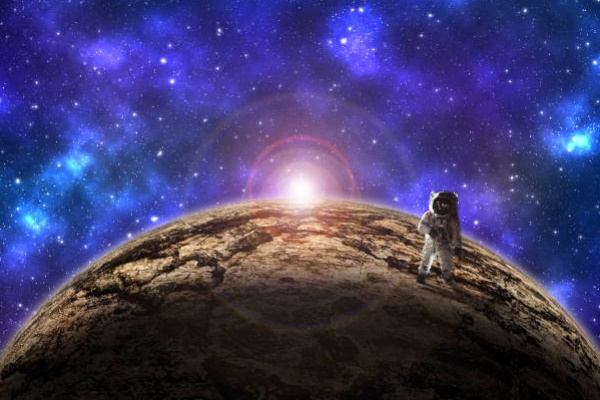The Japanese Hayabusa2 shuttle dispatched a couple of years back with a driven mission in front of it: circle a space rock, convey meanderers, shoot the space rock, and gather tests for re-visitation of Earth. Over the most recent few years, Hayabusa2 has achieved each and every one of those goals. Following six years in space, the Hayabusa2 test holder arrived on Earth, furnishing researchers with the main critical examples gathered straightforwardly from a space rock.
The Japan Aerospace Exploration Agency (JAXA) dispatched Hayabusa2 in 2014. It took around two years for the test to meet with a space rock known as Ryugu, which is an uncommon unearthly sort Cb space rock, with characteristics of both a C-type and B-type space rocks. Space rocks like Ryugu have remained generally unaltered since the soonest period of the nearby planetary group. So gathering an example could permit us to think back as expected and find out about this piece of our set of experiences. Getting immaculate examples from a space rock is no basic accomplishment, however.
Hayabusa2 arrived at Ryugu in summer 2018 and went through the following a while gathering information so the group on Earth could assess test assortment areas. The group found that Ryugu was significantly more jagged than anticipated, a finding affirmed when NASA’s OSIRIS-REx test arrived at the space rock Bennu. En route, Hayabusa2 dropped off its automated surface travelers and planned the whole surface of Ryugu.
A year ago, Hayabusa2 dropped down to the surface and terminated a tantalum slug into the space rock. This dispatched the regolith upward into the assortment system. Afterward, the test sent its Small Carry-on Impactor (SCI), which terminated a hazardous quickened impactor into the surface to deliver a little hole. In the wake of bombarding the space rock, Hayabusa2 dropped down to get another example from the recently revealed territory.
Hayabusa2 started the excursion home in late 2019, utilizing its particle motors to leave Ryugu behind for eternity. The shuttle arrived at Earth throughout the end of the week and delivered the 35-pound (16 kilograms) test bring case back. As arranged, the compartment entered Earth’s environment over Australia, conveying its parachute as it dropped in the Woomera test range. Groups recuperated the container in the wake of recognizing its parachute caught on a shrubbery.
The group set up a “brief glance” office at Woomera to assess the payload. They redirected gas from within the compartment, yet it’s indistinct as of now if the gas came from the space rock. The mission was intended to gather around 100 micrograms of material — that probably won’t seem as though a great deal, however it’s by a long shot the most space rock material we’ve ever needed to break down. JAXA will send a portion of the examples to NASA (among others), which will have its own space rock tests in a couple of years when OSIRIS-REx re-visitations of Earth. That mission may have gathered a few kilograms of material from Bennu, so researchers will have a lot of material to direct trials.
